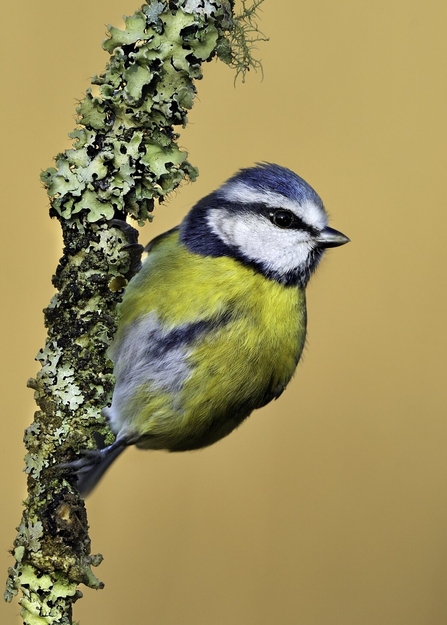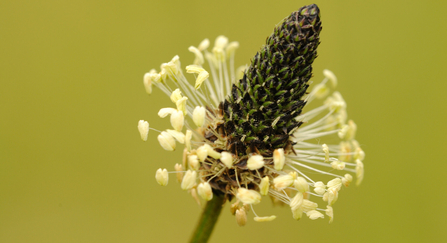Liverpool is one of the three pioneer cities for the Urban GreenUP project along with Vallodolid in Spain, and Izmir in Turkey. The scheme aims to renature urban areas, to mitigate the effects of climate change, improve air quality and water management and increase the sustainability of our cities through innovative nature-based solutions. The project is funded by the European Union’s Horizon 2020 programme.
Examples of the Urban GreenUP’s planned initiatives are:
- The introduction of green bike and pedestrian routes
- The installation of parks and urban farming facilities
- The usage of smart soils and bio-pollutant filters
- The implementation of sustainable drainage systems which will reduce the impact of floods and for irrigation purposes.
It’s believed that Liverpool’s sustainable drainage system will be able to store 1,500 m3 of rainwater during storms.


